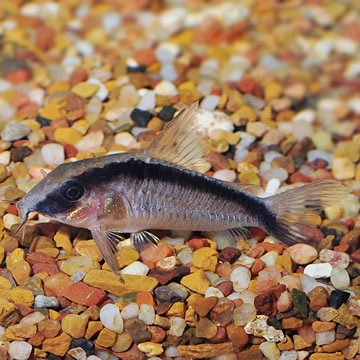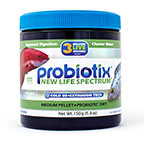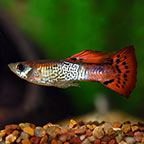
Additional locales and sizes may be available!
Additional locales and sizes may be available! Email me when availableQuick Stats
What do these Quick Stats mean? Click here for more information
What do these Quick Stats mean? Click here for more information
Overview
Just as active as other Corydoras, the Skunk Cory Cat thrives in peaceful community aquariums with like sized fish. Primarily bottom dwellers, Corydoras are adept at cleaning excess food from aquarium substrate. Their most playful antics come, however, when an entire group speeds to the water's surface to feed on flake or other foods. For optimal health, feed these omnivores a varied diet of flakes, tablets, shrimp pellets, tubifex, or other frozen foods.
Native to the Rio Unini, a whitewater area of the Rio Negro River in Brazil, the Skunk or Sands' Cory appreciates water currents more so than other members of the Corydoras genus. In the home aquarium they do best in sandy substrates surrounded by areas of moss, ferns, and other plants.
Like other Cory Cats, this species will spawn their eggs on aquarium glass, driftwood, or amongst the stalks of plants. Males are slightly slimmer than females, especially when viewed from above. To offer the best chance of fry survival, feed microworms 3-4 days after hatching and separate the fry from larger fish that may see them as food.
Approximate Purchase Size: 3/4" to 1-1/4"











